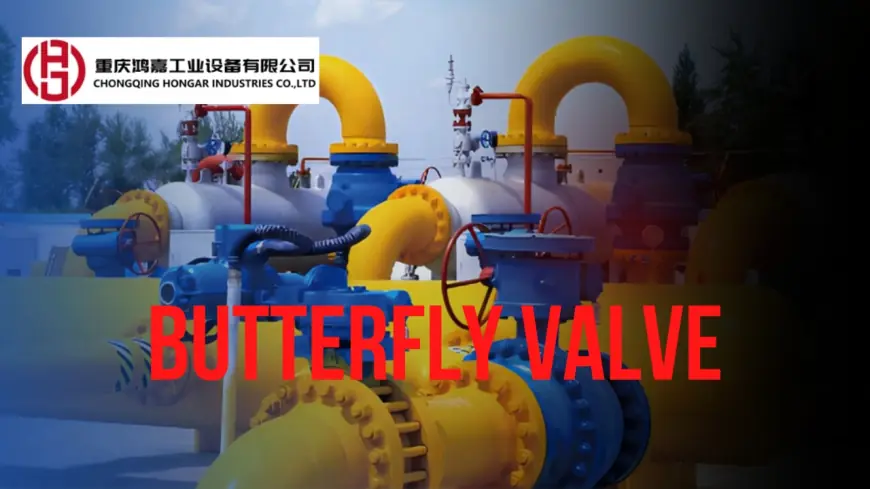What is a Control Valve
What is a Control Valve

A control valve is a vital device used to regulate the flow of fluids such as gas, steam, water, or chemical compounds. It responds to signals from controllers to adjust the flow rate, maintaining desired process parameters like pressure, temperature, or liquid levels.
How Does a Control Valve Work?
Control valves function by opening or closing internal passages, modifying the flow of the medium. They usually receive signals from process controllers and use actuators to shift their position accordingly. The movement is based on the input and desired setpoint.
Components of a Control Valve
-
Valve Body: The main pressure-retaining structure.
-
Actuator: Converts control signals into mechanical motion.
-
Positioner: Ensures accurate valve positioning.
-
Trim: Internal parts like the plug, seat, and stem that modulate flow.
-
Bonnet: A cover on top of the valve body, housing the stem seal.
Types of Control Valves
1. Globe Valves
Best for precise throttling, globe valves offer excellent control. They’re suitable for applications requiring frequent modulation.
2. Ball Valves
Ball valves are ideal for quick shut-off and moderate control. Their design includes a rotating ball with a bore.
3. Butterfly Valves
Lightweight and compact, butterfly valves use a disc to control flow. They’re perfect for large-volume, low-pressure applications.
4. Diaphragm Valves
Diaphragm valves use a flexible diaphragm to regulate flow. These are often used in food, pharma, and chemical industries.
5. Plug Valves
These feature a cylindrical or conical plug for flow regulation. Plug valves are best for on/off and moderate throttling.
Actuation Methods
Pneumatic Actuators
Use compressed air for movement. They’re quick, reliable, and often used in automated systems.
Electric Actuators
Powered by electricity, they offer precise control and integration with smart systems.
Hydraulic Actuators
Hydraulic power enables high force output, suitable for heavy-duty operations.
Control Valve Characteristics
Each valve has a unique flow characteristic:
-
Linear: Flow changes proportionally with valve stem movement.
-
Equal Percentage: Small openings result in small flow changes; large openings yield larger changes.
-
Quick Opening: Maximum flow achieved quickly with slight movement.
These characteristics determine the valve’s response to input signals.
Applications of Control Valves
Control valves are essential in industries such as:
-
Oil & Gas
-
Water Treatment
-
Power Generation
-
Pharmaceutical
-
Food and Beverage
-
Chemical Manufacturing
They manage everything from temperature and pressure to fluid level and flow direction.
Advantages of Control Valves
-
Precise flow regulation
-
Energy efficiency
-
Reduced wear and tear on system components
-
Enhanced process safety
-
Compatibility with automation systems
Common Control Valve Issues
Despite their benefits, control valves can experience:
-
Leakage
-
Sticking
-
Cavitation
-
Corrosion
-
Actuator failure
Regular maintenance minimizes these risks and improves system reliability.
Tips for Choosing the Right Control Valve
-
Understand the Process Requirements
Know the fluid type, pressure, temperature, and flow rate. -
Select the Right Valve Type
Match the valve with the control need—on/off or modulating. -
Check Compatibility
Material must withstand the chemical and environmental conditions. -
Use the Right Actuator
Choose pneumatic, electric, or hydraulic based on application. -
Consider Flow Characteristics
Match flow behavior with the process demand.
Conclusion
Control valves are the heart of any automated fluid control system. They ensure efficiency, safety, and precision in industrial operations. Selecting the correct valve type, actuator, and characteristics guarantees long-lasting and effective performance.
For engineers and plant managers, understanding control valves is essential to maintaining operational excellence.
What's Your Reaction?
 Like
0
Like
0
 Dislike
0
Dislike
0
 Love
0
Love
0
 Funny
0
Funny
0
 Angry
0
Angry
0
 Sad
0
Sad
0
 Wow
0
Wow
0


















































